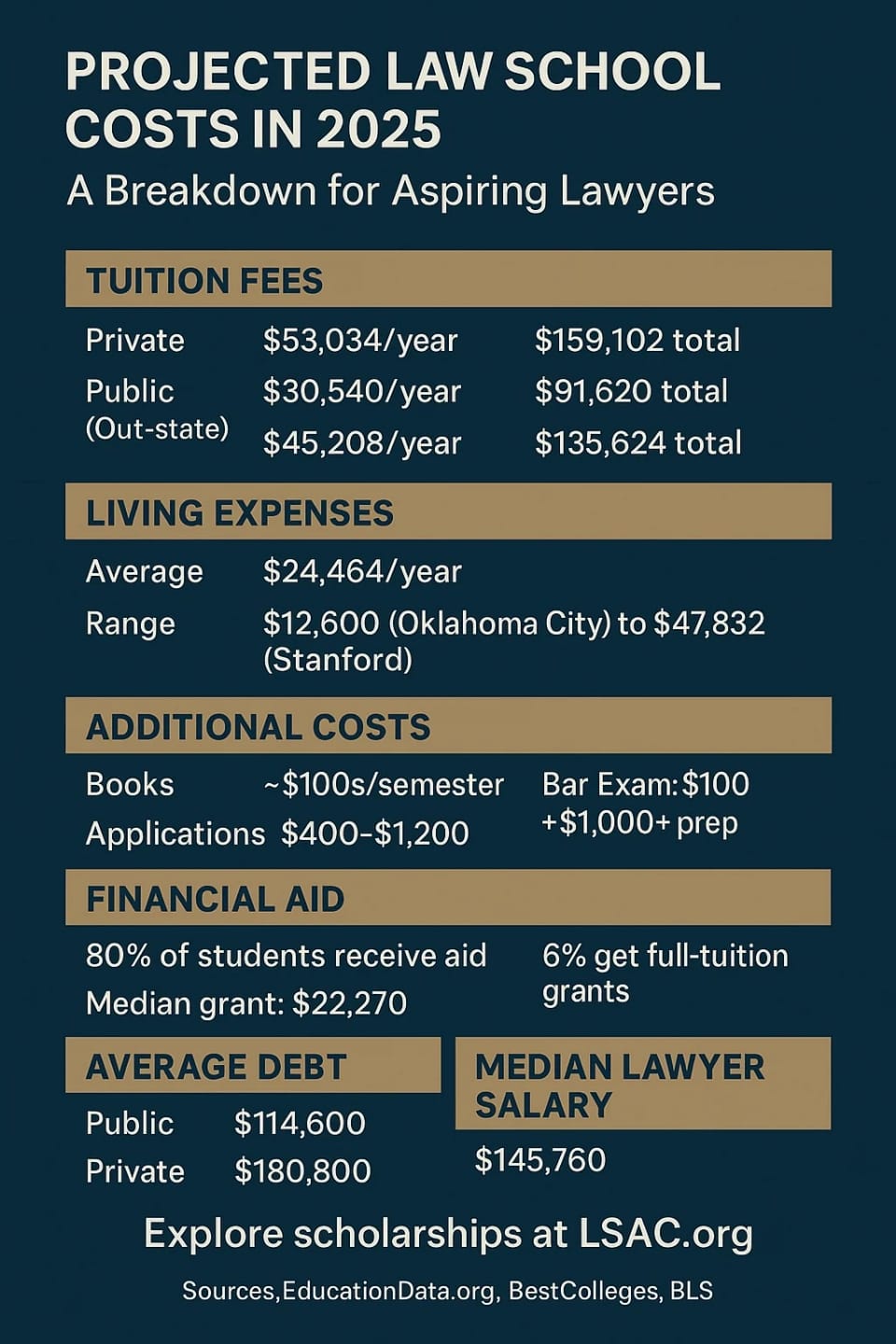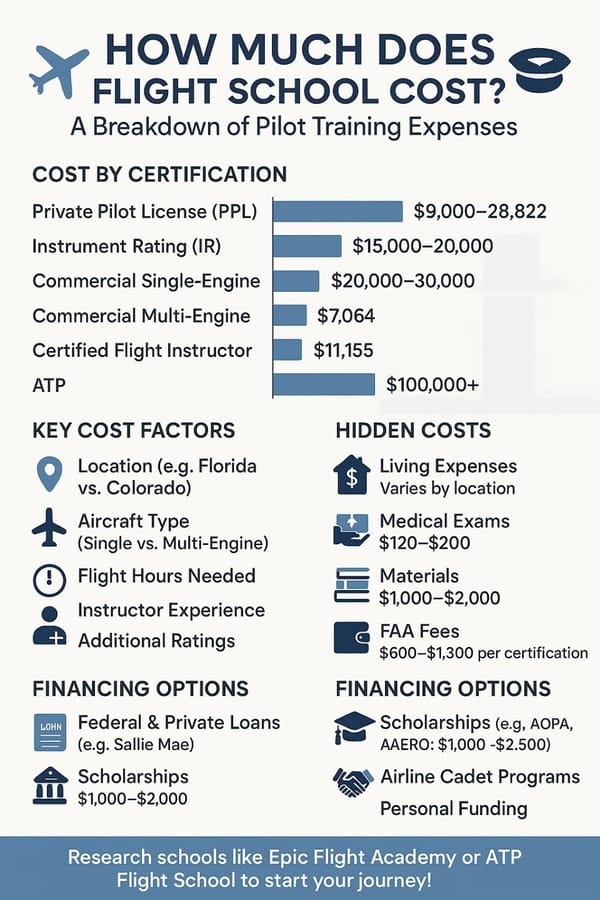What Are the Projected Expenses for Attending Law School in 2025? A Detailed Breakdown for Aspiring Lawyers
Dreaming of a legal career but worried about the price tag? Law school costs can feel overwhelming, but with smart planning, you can make it manageable. Let’s dive into the expenses, explore financial aid, and evaluate if it’s worth the investment.
A law degree opens doors to a fulfilling career, but the financial commitment can be intimidating. If you’re a prospective law student or a parent researching options, you’re likely asking: How much does law school really cost in 2025? This article, written from the perspective of someone navigating the law school journey, offers a comprehensive look at tuition, living expenses, financial aid, and cost-saving strategies. Using data from reputable sources and personal insights, we’ll provide actionable advice, clear breakdowns, and real-world experiences to guide your decision-making process.
Understanding the Cost of Law School
Law school costs vary significantly based on school type, location, and residency status. According to EducationData.org, the average total cost of attendance is $230,163 over three years, covering tuition, living expenses, and more.[1] Let’s break down the key components.
Tuition Fees
Tuition is the largest expense. Here’s the breakdown for 2025:
- Private law schools: Average $53,034 per year, totaling $159,102 over three years.
- Public law schools:
- In-state students: Average $30,540 per year, totaling $91,620.
- Out-of-state students: Average $45,208 per year, totaling $135,624.
Costs differ by institution. For example:
- Columbia Law School charges $81,888 per year, one of the highest (EducationData.org).
- University of the District of Columbia (David A. Clarke School of Law) offers in-state tuition at $12,438 per year, among the lowest.
Tuition has risen steadily, increasing by $4,867 every five years since 2011. By 2025–2026, the average is projected to reach $53,230 per year. Historical data shows Minnesota Law School’s tuition grew from $8,923 in 1997 to $41,222 in 2015, and Ohio State Law School from $6,412 to $28,577 over the same period (BigLawInvestor.com).
Living Expenses
Living costs—rent, food, and transportation—add up quickly, averaging $24,464 per year, significantly contributing to the $230,163 total cost. Variations include:
- Stanford University: $47,832 per year, the highest.
- Oklahoma City University: $12,600 per year, the lowest.
Law schools often exclude summer expenses, which can add $20,000–$30,000 over three years for rent and food (BigLawInvestor.com). Personal note: During my research, I overlooked summer costs, which made budgeting for a full year challenging.
Additional Costs
Beyond tuition and living expenses, other costs include:
- Books and supplies: Several hundred dollars per semester.
- Bar exam preparation: The exam costs $160 in 2024, with prep courses often exceeding $1,000.
- Application fees: Applying to 5–15 schools at $80 each totals $400–$1,200, plus CAS fees ($207) and LSAT fees ($238 if required).
These expenses, outlined by JD Advising, highlight the importance of budgeting.
Financial Aid and Scholarships
Financial aid can significantly reduce costs. BestColleges reports that 80% of law students receive scholarships or grants, with:
- A median grant of $22,270 in 2022.
- 33% of students having at least half their tuition covered.
- 6% receiving full-tuition grants.
Types of Aid
- Merit-based scholarships: Awarded based on LSAT scores and GPAs. Early applications may unlock exclusive offers.
- External scholarships: The Law School Admissions Council (LSAC) lists options for diverse backgrounds.
- Public service scholarships: NYU Law’s Root-Tilden-Kern Scholarship provides 20 full-ride awards for public service commitment (NYU Law Scholarships).
Student Loans
Loans are common, with averages of $114,600 at public schools and $180,800 at private schools, per AccessLex. 71% of public school students and 83% of private school students borrow. Personal tip: Comparing loan terms early helped me avoid high-interest debt.
Strategies to Reduce Law School Costs
Strategic planning can lower your financial burden. Here are effective approaches:
Choose a Public School
Public schools are more affordable, especially for in-state residents. Examples include:
- University of Texas at Austin School of Law: $38,236/year in-state (UT Law Costs).
- UC Berkeley Law: $63,196 in-state (UC Berkeley Law Costs).
- University of Minnesota Law School: $48,528 in-state (Minnesota Law Tuition).
Apply for Scholarships
High LSAT scores and strong applications can secure full-ride scholarships. External options are listed by Juriseducation.com. Personal note: A friend raised their LSAT score by 10 points during a gap year, earning a full scholarship.
Consider Part-Time Programs
Part-time programs are often cheaper and allow working while studying, reducing loan needs. They take longer but offer flexibility (Part-Time Law School Guide).
Take a Gap Year
A gap year can boost your finances and application. Work full-time, improve your LSAT, or gain experience to increase scholarship chances (Best Work Experience for Law School).
Budget Wisely
Create a detailed budget. BigLawInvestor.com offers a free template, developed with law students, available at Get The Template. Personal note: Budgeting early saved me from unnecessary expenses during applications.
Is Law School Worth the Investment?
The return on investment depends on your career goals. Lawyers earn a median salary of $145,760, with top earners exceeding $217,360, per the Bureau of Labor Statistics. However, starting salaries vary:
- Top-tier graduates can earn $200,000+ four years post-graduation (Georgetown University).
- Public interest attorneys may earn below $60,000.
Debt averages $130,000, with Graduate PLUS loans at 7% interest adding 21% per dollar borrowed in the first year, and origination fees (1%–4%) increasing costs by $4,000 per $100,000 borrowed (BigLawInvestor.com). A $100,000 loan grows to $121,000 by graduation.
Personal insight: A colleague found law school worthwhile despite debt, thanks to strategic loan repayment and a high-paying job. However, AccessLex surveys show only 23% of graduates with over $100,000 debt strongly agree it was worth it, highlighting the debate.
Cost vs. Salary Comparison
| School Type | Avg. Tuition/Year | Avg. Debt | Median Salary |
|---|---|---|---|
| Private | $53,034 | $180,800 | $145,760 |
| Public (In-State) | $30,540 | $114,600 | $145,760 |
| Public (Out-of-State) | $45,208 | $114,600 | $145,760 |
Source: EducationData.org, BLS
Conclusion
Law school in 2025 requires a substantial financial commitment, but strategic planning makes it achievable. Tuition averages $53,034/year for private schools and $30,540/year for in-state public schools, with living expenses adding $24,464/year. Financial aid, received by 80% of students, and strategies like attending public schools or securing scholarships can reduce costs. While median salaries of $145,760 suggest value, high debt ($130,000 average) and varying starting salaries spark debate. Personal takeaway: Researching costs and applying for aid early made my journey more manageable. Ready to pursue your legal career? Explore scholarships, create a budget, and visit LSAC to start your law school journey.
Costs are averages for 2024–2025 unless specified, sourced from EducationData.org and BestColleges. ↩︎






